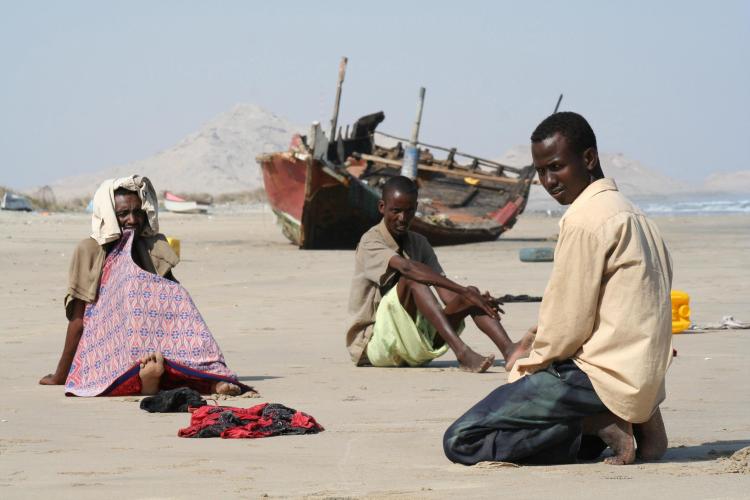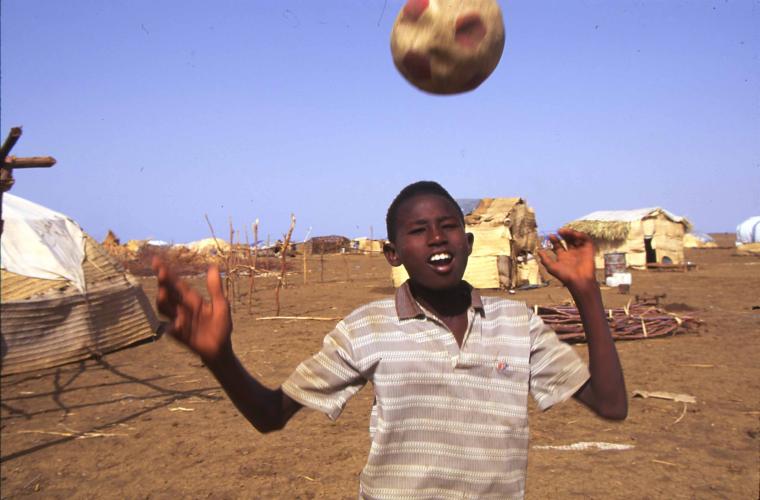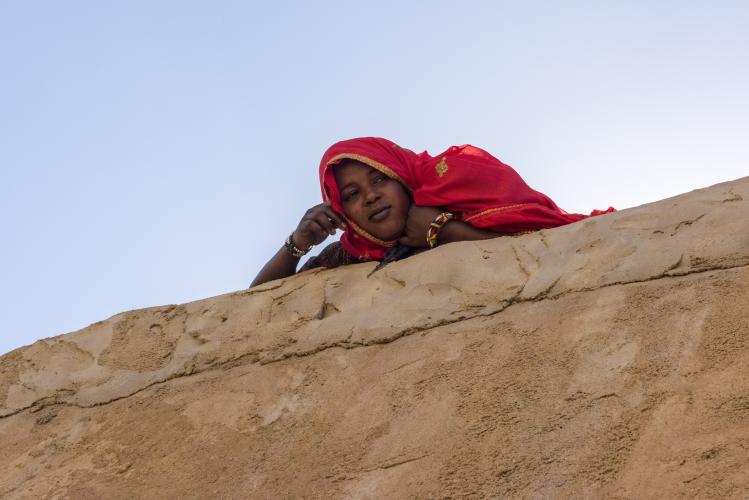July 28 marks the 70th anniversary of the signing of the 1951 Convention relating to the Status of Refugees. The Convention, signed in Geneva, defines who can be considered a refugee, and provides overall protection to those forced to flee. The Convention also contains fundamental rights, such as protection against discrimination, freedom of religion, free access to justice and the principle of non-refoulement.
This text was originally intended to address the situation of the millions of people displaced by conflict and persecution in Europe. This geographical limitation was quickly lifted, and it has become clear over the years that persecution can take many different forms; the reasons why people are forced to flee have become increasingly complex.
The principles of the Convention are therefore now complemented by international and regional human rights standards that have emerged over the past 70 years, some of which go beyond the minimum standards of the Refugee Convention.
We decided to celebrate this anniversary milestone by looking back at seven decades of photo archives from UNHCR, the UN Refugee Agency. These images are a testament to the resilience, courage, and strength of refugees over time, and are historical witnesses to the many conflicts, violence, and persecution that have driven people into exile since 1951. They highlight the importance of protecting and supporting forcibly displaced people around the world, all 82.4 million of them; a figure which has more than doubled in 10 years.
The refugee cause is one of the most pressing humanitarian issues of our generation, and history shows us that that these challenges can only be overcome together.


















































